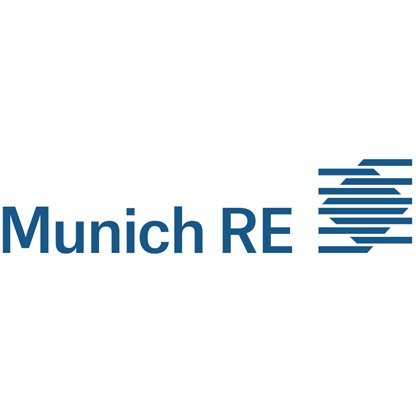The focus on underwriting and discipline of traditional reinsurance players is what drives rates, not so much alternative capital or secondary perils, according to Stefan Golling, Member of the Board of Management at Munich Re.
 Yesterday, Munich Re hosted its annual insurance-linked securities (ILS) Roundtable as part of the 2021 rendez-vous de septembre conference, held virtually for a second year owing to the global pandemic situation.
Yesterday, Munich Re hosted its annual insurance-linked securities (ILS) Roundtable as part of the 2021 rendez-vous de septembre conference, held virtually for a second year owing to the global pandemic situation.
During an insightful debate, market pricing was discussed and specifically whether growth in ILS capacity had any implications for rates in the traditional reinsurance market.
Of course, in recent times the level of alternative capital in the global reinsurance market has stabilised, but by no means has it declined since its previous surge and remains at around the USD 100 billion mark across all sub-sectors.
As the market has expanded and more and more investors looked to the space for insurance and reinsurance-linked returns, analysts and rating agencies noted the growing influence of this capital on rates at reinsurance renewals.
“I think the impact on the traditional reinsurance market is, of course, always influenced by the alternative market as well,” said Golling. “But I think it’s mainly driven by the traditional market itself; how disciplined are we ourselves, how much do we just focus on maybe model outcomes, or how much are we underwriters.”
Driven by a rise in the frequency and severity of secondary peril events, such as wildfires and floods, catastrophe risk models have been a hot topic across the risk transfer industry, and were discussed during Munich Re’s ILS Roundtable.
Golling, who has been an underwriter for his entire career, reminded the audience that losses from these types of events have been around for not just the past two or three years, but for decades.
“I think what changes, or where we have to come back to, is to do again the job of an underwriter, not just applying a model and being happy with the commercial prices compared to the model outcome,” said Golling.
Later adding, “So, I think it’s much more than the secondary perils, and it’s much more than the alternative capital, it’s actually whether we as underwriters do our homework, and do reasonable underwriting.”
After a prolonged soft market state and the impacts of the COVID-19 pandemic across the industry, reinsurance rate momentum started to pick up at the January 1st, 2021 renewals.
While rate deceleration has been evident in some areas throughout the year, it’s so far been an active start to H2, in terms of catastrophe activity, which is expected to support further rate momentum.
Furthermore, market sentiment suggests that after some very challenging years, underwriting discipline will persist as reinsurers look to improve their margins in what remains a dangerously low interest rate environment.


